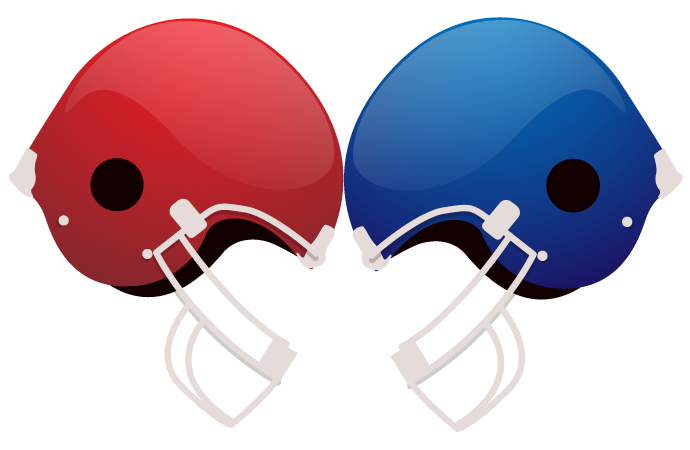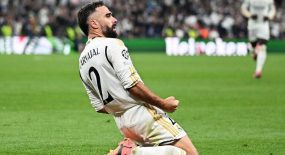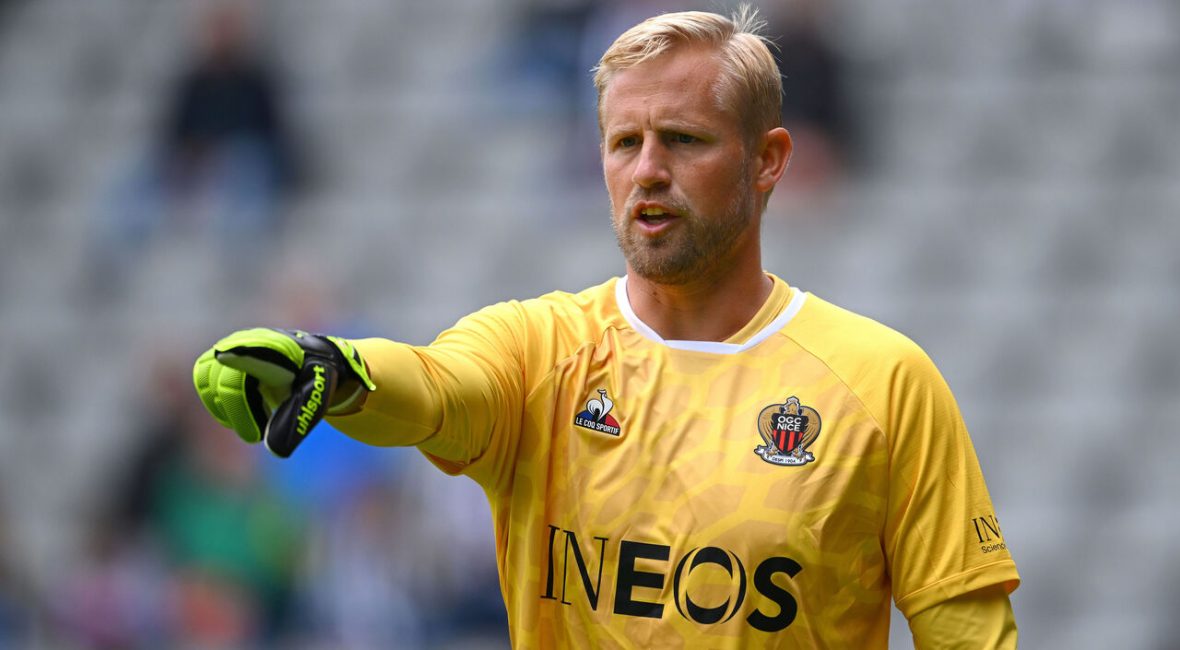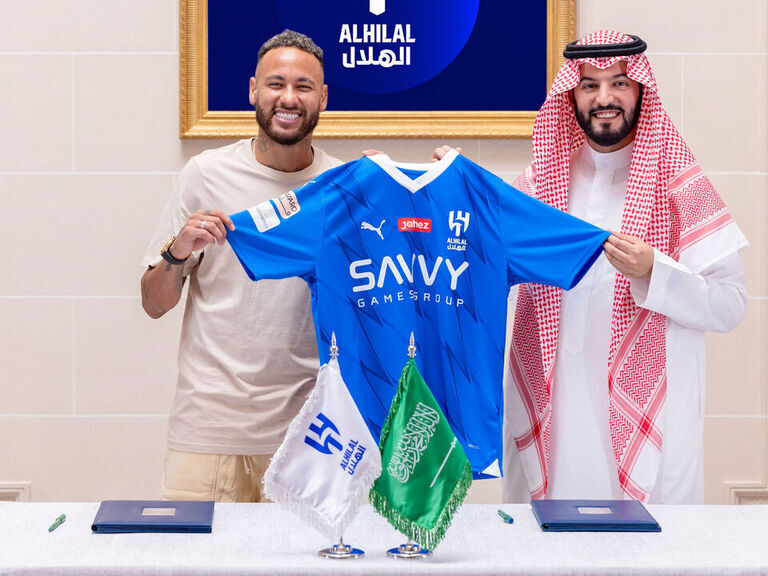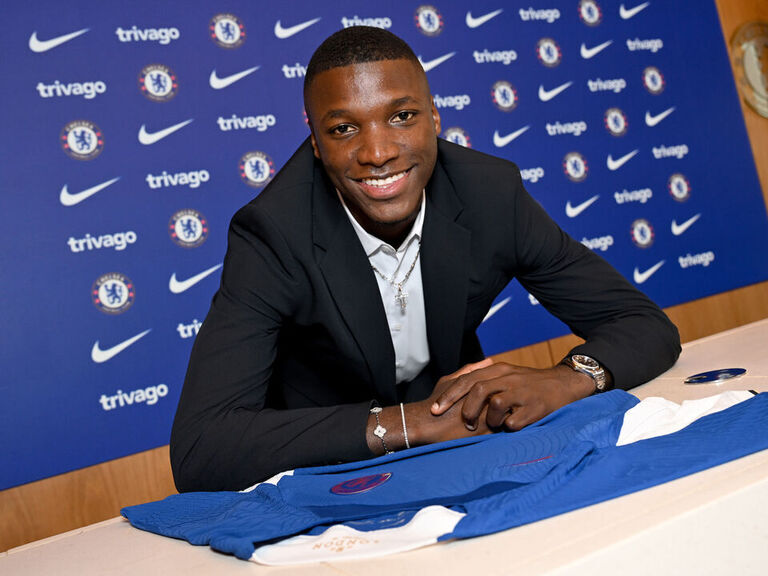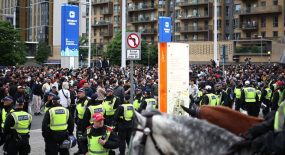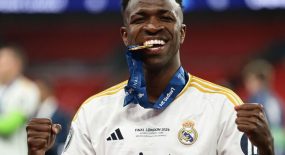Time is running out for teams to make a splash in the summer transfer window. With the shopping period set to close in two weeks, we highlight one squad upgrade for each of Europe’s top clubs.
Note: Estimated transfer values provided by transfermarkt.com.
Premier League
Arsenal: Mohamed Simakan
Club: RB Leipzig
Position: Defender
Value: €25M
Jurrien Timber suffered a serious injury during Arsenal’s opening-day victory over Nottingham Forest, forcing sporting director Edu and manager Mikel Arteta to discuss another potential arrival before the transfer window shuts. Simakan and his RB Leipzig teammate Benjamin Henrichs have been linked with the Gunners in the past and are versatile defensive options.
Chelsea: Kasper Schmeichel
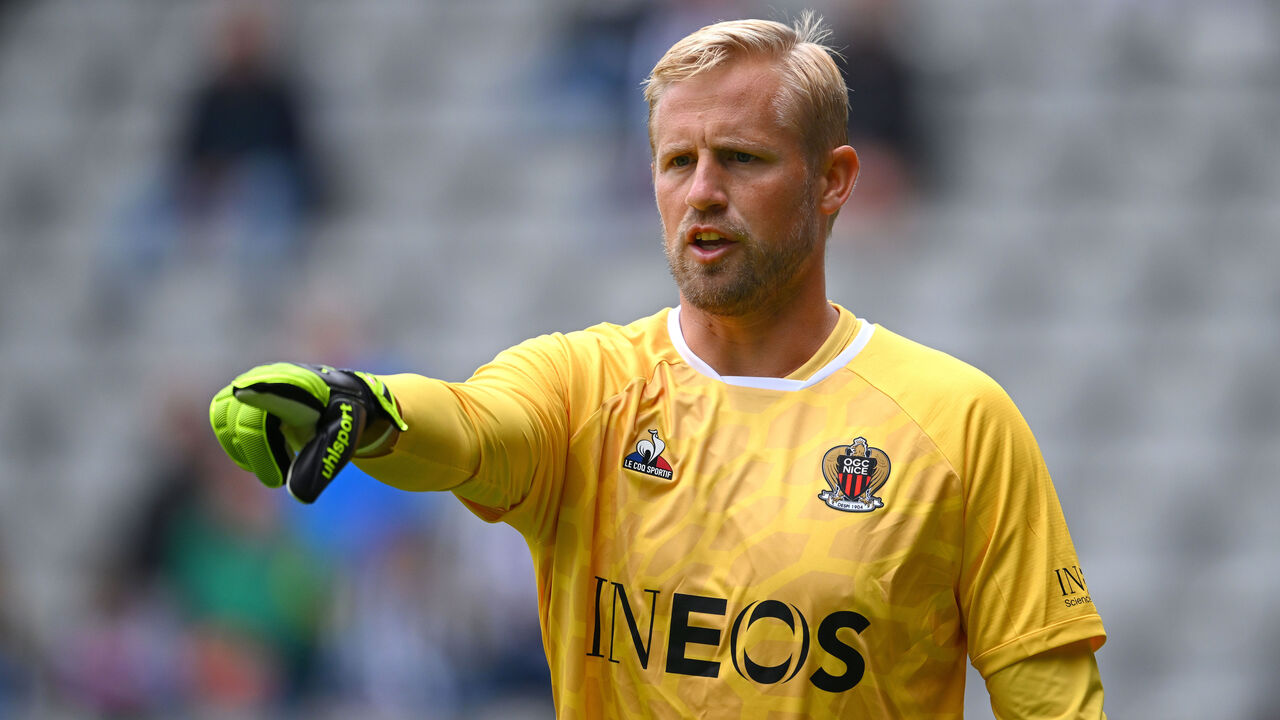
Club: Nice
Position: Goalkeeper
Value: €2M
On behalf of rival clubs and their supporters: Give it a rest, Chelsea. But if the Blues must dip into the market once again, they should target a goalkeeper. Despite their vast expenditure, Chelsea’s new No. 1, Robert Sanchez, is arguably inferior to the second-choice ‘keepers at Arsenal and Manchester City. He needs competition to spur him on, and Schmeichel should fit the bill.
Liverpool: Florentino Luis
Club: Benfica
Position: Defensive midfielder
Value: €20M
Florentino is exactly the kind of player Jurgen Klopp needs: He’s a riot of interceptions and tackles at the base of midfield, always looks to move the ball upfield, and doesn’t misplace many passes. He’s yet to make a senior appearance for Portugal – ex-national team boss Fernando Santos deserves most of the blame for that – and turns 24 on Saturday.
Manchester City: Lucas Paqueta
Club: West Ham United
Position: Attacking midfielder
Value: €45M
Manchester City’s search for a midfielder intensified following Kevin De Bruyne’s long-term injury. Paqueta is widely dubbed a playmaker, but he completed the same number of tackles (71) as Ruben Dias, Nathan Ake, Kyle Walker, and Aymeric Laporte combined last season.
Manchester United: Amadou Onana
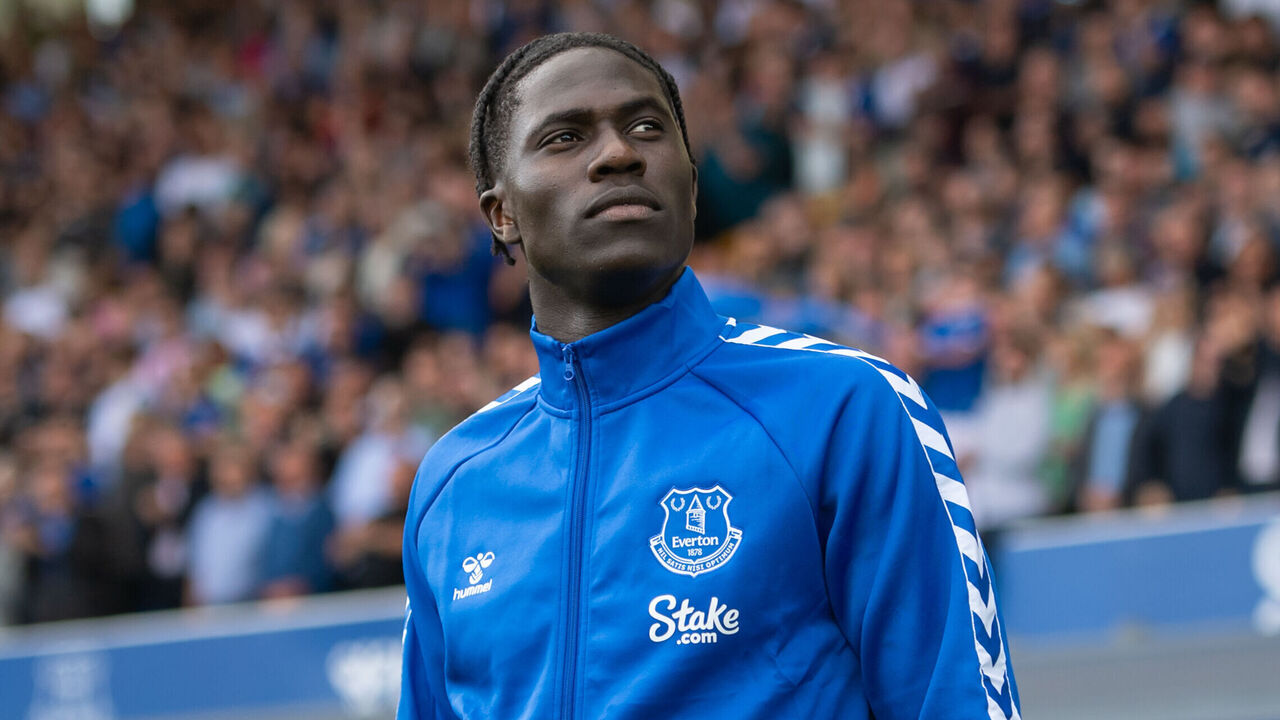
Club: Everton
Position: Defensive midfielder
Value: €45M
Manchester United’s porous midfield was on full display during Monday’s match against Wolverhampton Wanderers. Onana will undoubtedly be tempted to jump ship from Everton, a club synonymous with chaos, and was dribbled past just 12 times last season. For comparison, Casemiro was bypassed 44 times.
Newcastle United: Kieran Tierney
Club: Arsenal
Position: Left-back
Value: €25M
Newcastle are increasingly conscious of following financial guidelines after striking some expensive deals this summer. Negotiating a season-long loan with an option or obligation to buy should keep the Magpies within the rules, with Tierney and Marc Cucurella – who’ve fallen down the pecking orders at Arsenal and Chelsea, respectively – potentially available on those terms.
Tottenham Hotspur: Romelu Lukaku
Club: Chelsea
Position: Striker
Value: €40M
Lukaku endures a lot of heckling from football supporters for a player who’s registered 121 Premier League goals and scored 57 times in 84 Serie A matches. Chelsea are keen to offload the striker so would likely accept a cut-price deal, but Tottenham would need to encourage Lukaku to accept a lower salary in north London.
La Liga
Atletico Madrid: Sofyan Amrabat
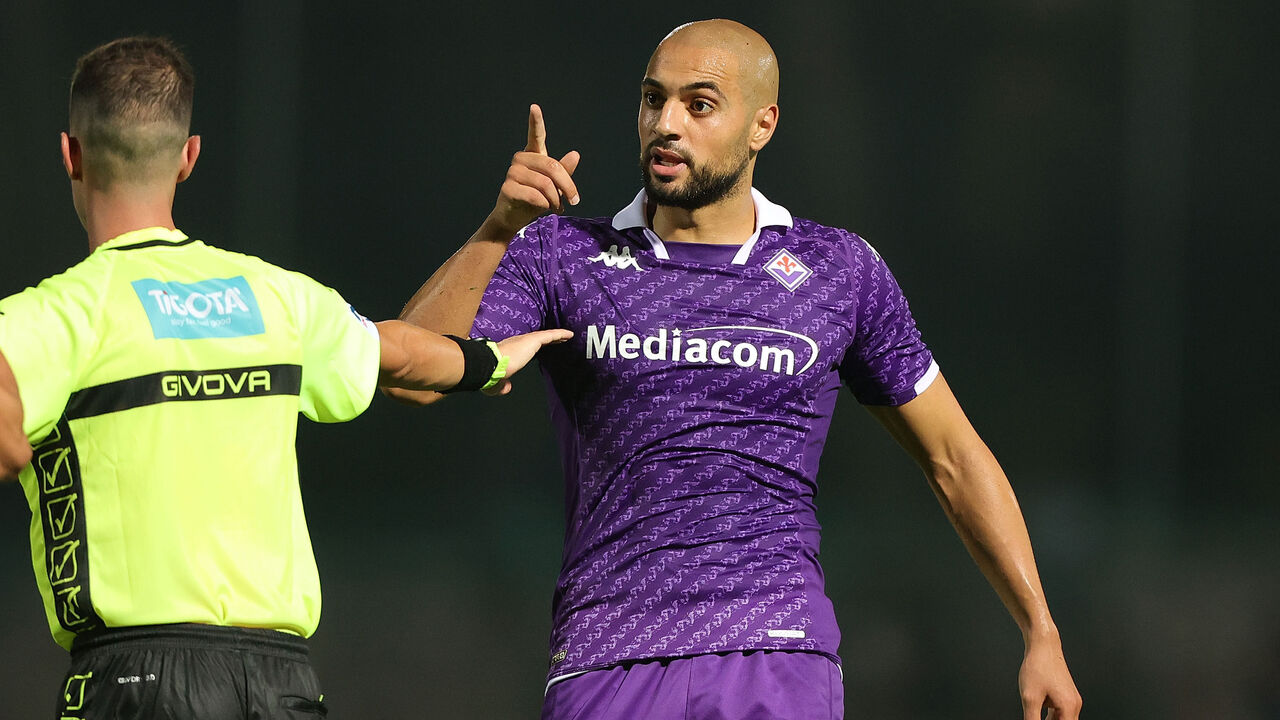
Club: Fiorentina
Position: Defensive midfielder
Value: €30M
Amrabat is still hot property after he impressed as Morocco’s nucleus during the African nation’s run to the 2022 World Cup semifinals. Pablo Barrios, 20, is a promising talent, but Atletico Madrid would benefit from another driving presence in midfield to partner Rodrigo De Paul and ensure the team isn’t reliant on Koke and Saul Niguez to be fit or on form.
Barcelona: Joao Cancelo
Club: Manchester City
Position: Right-back
Value: €50M
Ronald Araujo playing at right-back is a waste of one of La Liga’s best central defenders. It can’t last. Cancelo is available after last season’s fallout with Pep Guardiola. At his best, Cancelo is one of the finest full-backs in the world. He should be available on loan with an option or obligation to buy, easing Barcelona’s efforts to keep their finances in check.
Real Madrid: Benjamin Pavard
Club: Bayern Munich
Position: Defender
Value: €40M
David Alaba and Antonio Rudiger form a strong center-back pairing, but Carlo Ancelotti may want an extra piece in that position after Eder Militao tore his ACL during Real Madrid’s first match of the campaign. Pavard, who’s also comfortable at right-back, would be a quality addition and is apparently open to seeking a new challenge this summer.
Serie A
AC Milan: Mehdi Taremi
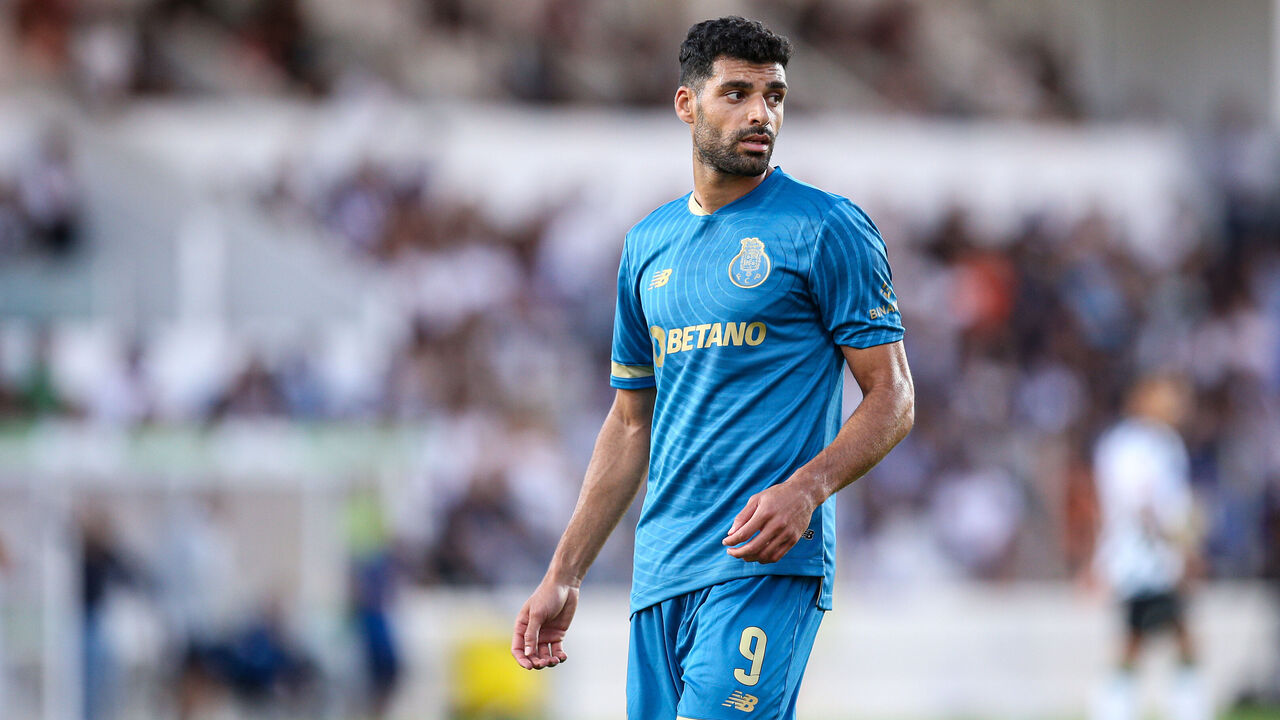
Club: FC Porto
Position: Striker
Value: €18M
Taremi is an ideal candidate to share game time with Olivier Giroud – who turns 37 in September. The Iranian is a powerful presence in attack, logging plenty of touches in opponents’ boxes as he battles with defenders. He’s a regular source of goals, with 58 finishes and 30 assists over 100 Primeira Liga outings for FC Porto.
Inter Milan: Lazar Samardzic
Club: Udinese
Position: Attacking midfielder
Value: €14M
Inter Milan need to step up their pursuit of Samardzic, which is at risk of falling apart. The attacking midfielder can score from range in both open play and dead-ball situations, and only Roberto Pereyra provided more key passes for Udinese last season. At just 21, time is on the Serbian international’s side to improve even further.
Juventus: Khephren Thuram
Club: Nice
Position: Midfielder
Value: €40M
Thuram was born in northern Italy months before his father, World Cup winner Lilian, moved to Juventus for a successful five-season spell. Khephren has caught the eye since joining Nice following the expiration of his youth contract at Monaco, blending an impressive knack for carrying the ball forward with an ability to play multiple midfield roles and his impressive work rate.
Napoli: Gabri Veiga
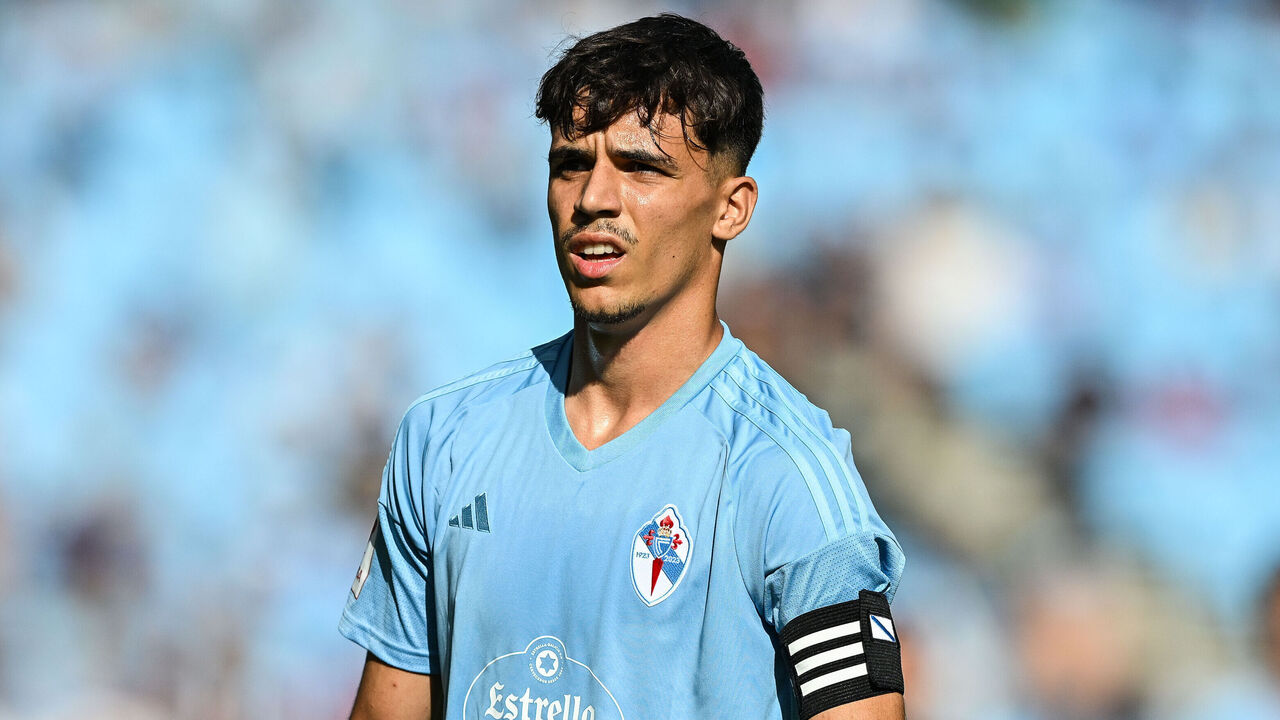
Club: Celta Vigo
Position: Midfielder
Value: €30M
Even if Piotr Zielinski stays put, Napoli should consider a strong push to sign Veiga from Celta Vigo. His emergence at his local side has mercifully taken some weight off Iago Aspas’ shoulders as he matched his hero in goal contributions (15 – 11 goals and four assists) and outperformed his xG more than any other La Liga player last season.
Bundesliga
Bayern Munich: Stefan Ortega Moreno
Club: Manchester City
Position: Goalkeeper
Value: €9M
Ortega has impressed as Ederson’s deputy at Manchester City since arriving on a free transfer last summer. He’s extremely comfortable with the ball at his feet and is a consummate shot-stopper so should be a good buy for Thomas Tuchel’s side. Given he’s a second-choice goalkeeper now, he’s likely to be more open than most to stepping aside once Manuel Neuer is fit again.
Borussia Dortmund: Armel Bella-Kotchap
Club: Southampton
Position: Defender
Value: €20M
Bella-Kotchap isn’t in plain sight while he grafts in the wilderness of England’s second tier, so he should seek a move in a bid to stay in Germany’s plans ahead of Euro 2024. There are rumors that the 21-year-old is reluctant to be backup to Niklas Sule and Mats Hummels, but with the latter turning 35 this year, there should still be plenty of minutes available at Dortmund.
Ligue 1
Paris Saint-Germain: Randal Kolo Muani
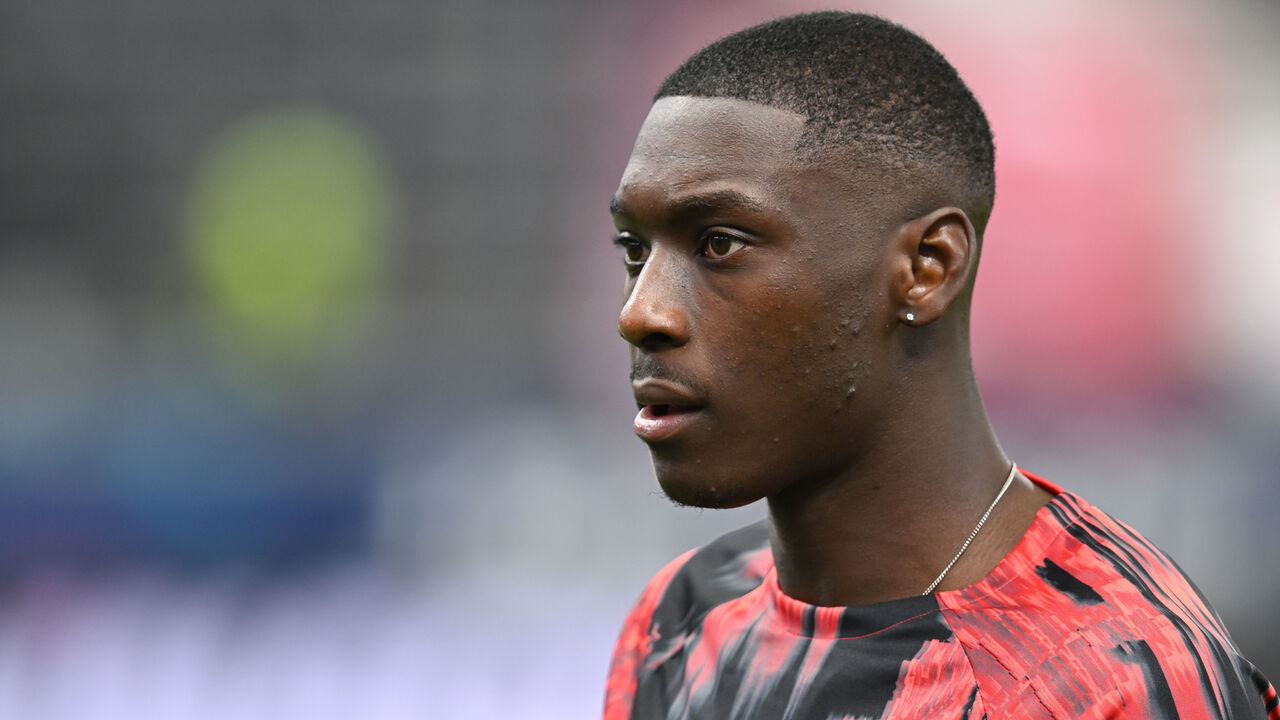
Club: Eintracht Frankfurt
Position: Forward
Value: €80M
Paris Saint-Germain have been linked with Kolo Muani for some time and should bring the attacker aboard now that Neymar’s left for Saudi Arabia in a transfer reportedly worth €90 million. The French forward ranked second in attempted dribbles and seventh for total shots in the Bundesliga last season and boasts searing pace. He’s also from Bondy – the same Paris district where Kylian Mbappe grew up.

